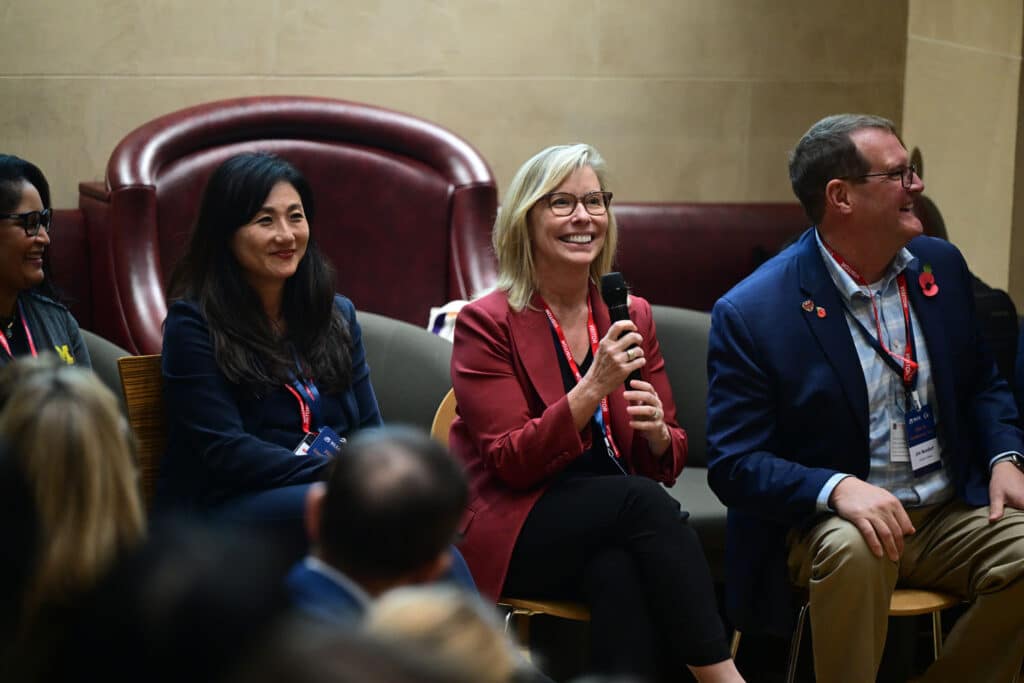In an age of increased climate awareness, it was a great honour to have Li An Phoa and Maarten van der Schaaf of the Drinkable Rivers Project explain the importance of healthy rivers. The boys in the Environment at Eton (E@E) team had the opportunity to increase their understanding of local ecosystems, caring for rivers and helping wildlife.
From 17 September until 17 October 2023, Li An and Maarten will walk 350 kilometres from the source of the Thames in the Cotswolds to its mouth in the North Sea. They spend days walking; going into towns and giving informative talks to locals. Moreover, members of the local community are welcome to join them. In this manner, they can engage fully with the community and have conversations about their project.
On Tuesday 3rd the couple were walking through their usual route by the Thames and met our E@E team in Windsor. They described how they assess the health of a river. This involved taking regular water checks of the Thames and noting the wildlife they see on their walks. A healthy river is more likely to have an abundance of life, be it in the form of fish, birds or plants. Recently, they saw a beautiful Kingfisher, which is always a rare and wonderful sight. In addition, they stated what are egregious signs. This includes sewage, which can lead to waterborne diseases that pose health risks. Similarly, rubbish in rivers leads to habitat destruction and threatens aquatic life, disrupting larger food chains.
Abraham Y. was in ‘awe and admiration’ for their continued endeavours in making a real difference. Whilst it is easy to speak of making a difference, the boys understood the hard work put into this profound project.
Afterwards, the Etonians displayed their work at the Queens’ School Wildlife Area (QSWA), situated between Barnes Pool and Queens’ Schools. They used the opportunity to ask questions on how to better the area. Clearing out weeds on the stream bank was a good piece of advice that would aid flow and allow the river to be cleaner. Furthermore, it is vital to check the pesticides used in the locality. Namely, due to the dangers of eutrophication and leaching which can lead to devastating effects on oxygen levels and subsequently aquatic life. The stream in the QSWA is in good condition, yet it is always best to take preventative measures.
Floris B. found the meeting incredibly informative, as unlike some lectures he had a ‘conversation, rather than a one-sided talk’, allowing him to have a truly ‘enriching experience’.
Their mission is to find the balance between nature and urbanisation. After all, these two can exist in harmony. Climate action does not need to be at the cost of improvement. It was wonderful to welcome the Drinkable Rivers team, who brought their vast knowledge and experience.



